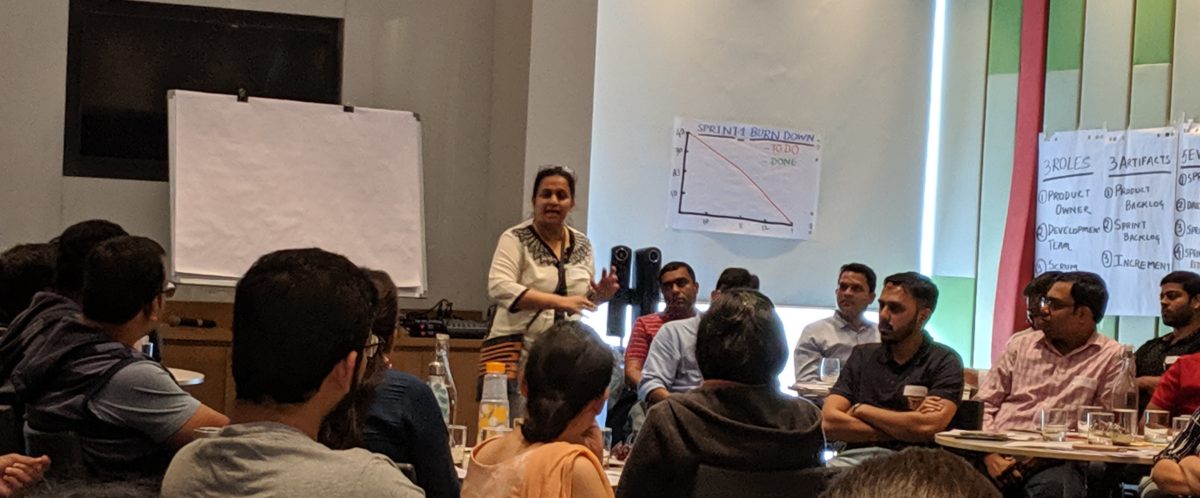“Change is everywhere.” and “change is painful” are two statements that we keep on hearing again and again.Even then many companies enter the agile transformation thinking that this is going to be just a set of activities that they will do and boom!! They will be agile!!!!
Like always, the reality is quite different from what we expect.I have seen many companies struggling with agile transformation of for years together.In this article, I am going to explore why this specific change is painful. In other words, we are going to see the challenges we typically typically see in an agile transformation.
- Agile transformation never really ends. By Definition, an agile team is always on lookout for next thing to improve. This means, agile is a journey and not a destination. So the transformation never really ends. It makes measuring your success difficult. Also, the team is likely to loose their moral when they realize they will never be done.
- There are no templates available .While there is an abundance of material on Agile Scrum, agile looks different for each organisation. As a result, agile transformation is essentially unique in nature .There is no a proven path. More ever agility evolves over time . It is not really possible to plan your agile transformation right upfront. The plan is fluid and evolves as teams become agile. This creates a problem for organisations who are used to following the OCM way of gap analysis followed by road map creation and then the road map execution.
- Agile is everywhere. Literally speaking, scrum is a pervasive entity. It impacts complete organisation structure as well as the operating model for projects.When any change is limited to a certain area it is possible to limit the blast radius. Agile other hand not only changes how a developer works but it also forces the team to continually learn new skills. More importantly,to be really successful ,Agile needs a complete change in mindset and a change in organisational structure . This impacts a lot more people than just the software development community of the organisation.
- Agile expects more Agile means paradigm shift to our way of working. Over the years we believed that principles like specialization, ironclad role segregation as well as meticulous plan based execution were the cornerstones of successful project delivery. “Process over people” was our mantra. Stringent processes and defined control points were put in to compensate for human inefficiencies and imperfections. Agile on other hand, puts the responsibility back on people who are executing the project. It expects the teams to step up. It needs the management to trust the teams and have a mind set of supporting and not controlling. These changed mindset expectations are often the most difficult to implement.
- Bottom up and top down, a single direction doesn’t work . Many organisations are inherently top down or bottom up .In some organizations things get done when boss says so. On the other end of the spectrum some organisations change only when the teams want to. For Agile to succeed, neither approach is enough by itself. It will need a combination of bottom up and top down change approach for Agile to succeed.
These challenges beg the question, if it is so difficult is agile worth it? I plan to write a post soon to explore why organisations are going agile
